Altstadt, or Old Town, is the heart, or origin, of every German city and Munich is no exception to having an impressive Old Town. Altstadt is Munich’s core and though there are plenty of tourists, you’ll find room to breathe as you discover sites and landmarks around the Altstadtring circular road. Best seen on foot, get lost in the beauty of ancient buildings and traditional markets in this tour of Munich’s Old Town.
Sadly, much of Old Town got bombed during WW2, so what you see today is the reconstruction of many historic buildings.
Lion Statues
Munich means, “by the monks.” Munich originated in the 800’s, settled by monks. Henry the Lion officially founded the town in 1158. Throughout Old Town, you’ll notice plenty of lion statues, which symbolizes Munich’s roots.
Marienplatz (Mary’s Square)
This is the origins of where the monk Benedict monk settlers came thousands of years ago. The original marketplace originated in 1158, and although the names of the markets have changed, today it is still the site of produce, meat and Christmas markets. The early market roots are seen from the fish fountain (Fischbrunnen). The fountain dates back to 1318, but the chubby fish you see today is from 1954. Check out the Virgin Mary Column (Mariensäule) in front of the new town hall. Created in 1590 and is an important part of Munich’s history where Maximillian the 1st declared Mary as a protector of the city during troubled times in 1638.
Between 1801 and 1861, Munich’s population increased from 40,000 to 120,000, which led to the construction of a new city hall. Construction began in 1867 and this Gothic structure took 40 years to complete. Today, travelers congregate around the largest Glockenspiel in Germany. Equipped with 43 bells, the 15-minute performance takes place every hour depicting Munich’s history with mechanical figures. The upper level shows the marriage of Duke Wilhelm the Fifth and the lower level shows the Dance of the Coppers (Schäfflertanz).
Altes Rathaus (Old City Hall)
This medieval town hall dates back to 1310 and became the city’s official government center in 1395. The tall bell tower called Valley Fort Tower’s façade contains an astrological clock. Sadly, WW2 bombings destroyed the original old town hall, so what you see today is a replica of the old building. In 1938, Joseph Goebbels gave one of his famous speeches here.
This is Munich’s most popular brew house. A must visit for beer and bretzel lovers, Duke Wilhelm V started Hofbräuhaus in 1589. Instead of shipping one of his favorite beers from Hannover, Germany, this magical brewpub opened in 1607 to brew wheat beer strictly for the royal family and their guests, which included Mozart and Empress Sisi. Hitler also held meetings here during the Nazi occupation.
Victuals is the Latin word for “food.” This daily market, known as “The Stomach of the City,” originated as a simple farmers market in the 1700’s known as “Green Market.” Today, there are over 100 vendors and six sections of the market including the shaded beer garden. It’s not uncommon to find men wearing lederhosen enjoying a beer on a (semi) sunny afternoon. You’ll be able to spot the start of the market by the blue and white striped maypoles. Maypoles date back to Pre-Christian roots and symbolize fertility and luck.
This is the largest Gothic church in the world and the largest brick church north of the Alps. The church was completed in 1488 and holds around 20,000 people. Legend has it that the architect made a deal with the devil. Wikipedia states, “The legendary Teufelstritt, or devil's footstep, stems from the large amount of light inside the Frauenkirche that seems to come from nowhere thanks to the large columns that block the view of the windows. According to legend, Jörg of Halspach made a deal with the devil that he could build a church that had a spot where not a single window could be seen from. From the vestibule, looking down the center aisle (as long as the high Baroque altar covered the windows at the very back of the church) there appeared to be no windows at all. The devil stamped his foot in a fit of pique, leaving his "footprint" on a paving stone immediately inside the entrance.”
Michaelskirches –Saint Michael’s Church
This is the largest Renaissance north of the Alps. Duke Wilhelm V ordered the construction in 1583, which lasted until1599. An impressive bronze sculpture of Archangel Michael fighting a demon-like Protestant, is not to be missed.
This was Munich’s first city wall. The two towers were built in 1318 and remain as one of the three oldest gates still standing.
Peterskirche - Peter's Church
A church with bad luck maybe a second name for this church. As Munich's first parish church, construction began in the 12th Century, damaged in a fire in 1327 and later struck by lightening in 1607. For several euros, climb the 306 steps to the top of the tower for one of the most spectacular views of the city.
Theatinerkirche
Another Old Town favorite, this church was the result of a love story. In 1650, Elector Ferdinand married an Italian princess. They finally met after one year of being wed. After a decade of marriage, the couple still had not produced an heir. Ferdinand's wife fell deathly ill several times throughout their marriage. The couple prayed for a child and if it happened, they vowed to build a church in honor of Saint Cajetan of Theatine.
What's your favorite place to visit in Munich?
This Lemon Tree article is now featured on GPSmyCity. To download this article for offline reading or travel directions to the attractions highlighted in this article, go to A Guide of the Best Historical Sites in Munich's Altstadt
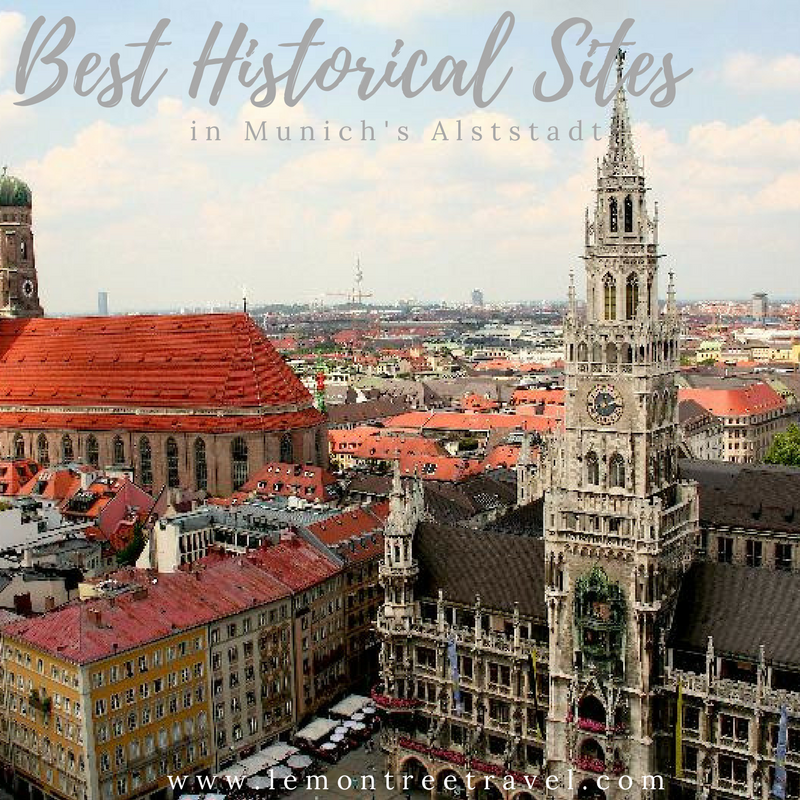
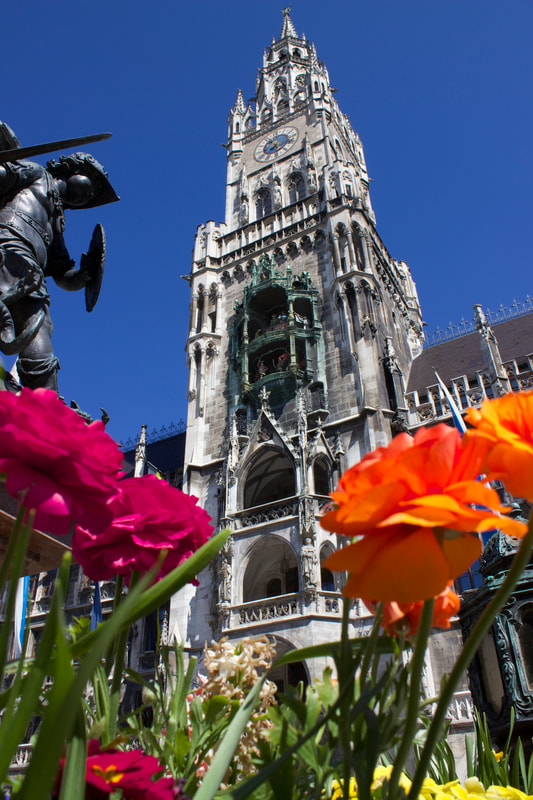
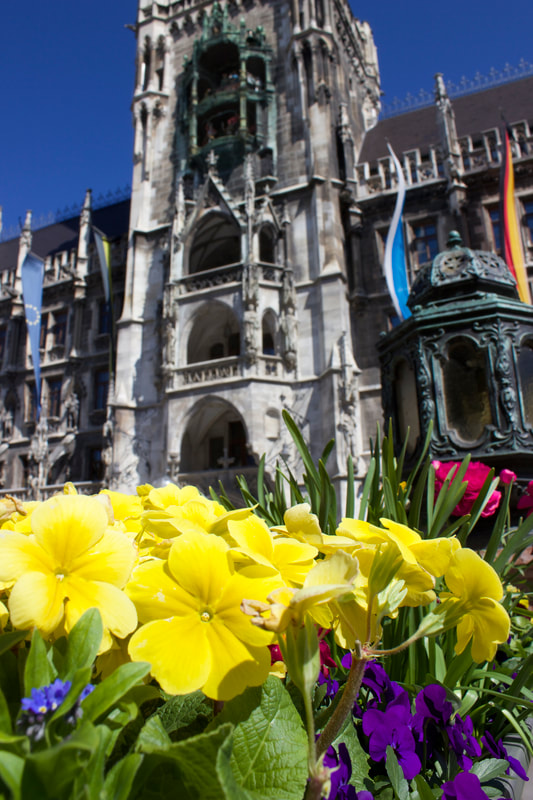
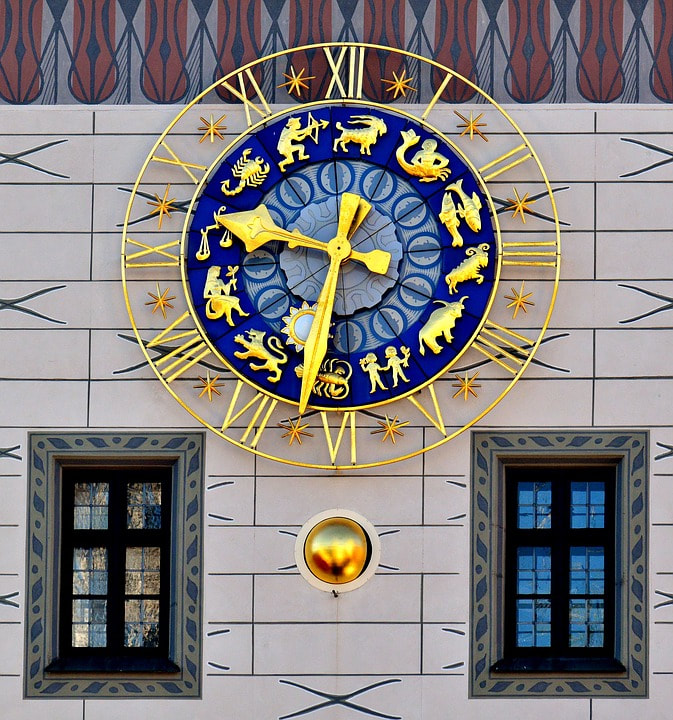
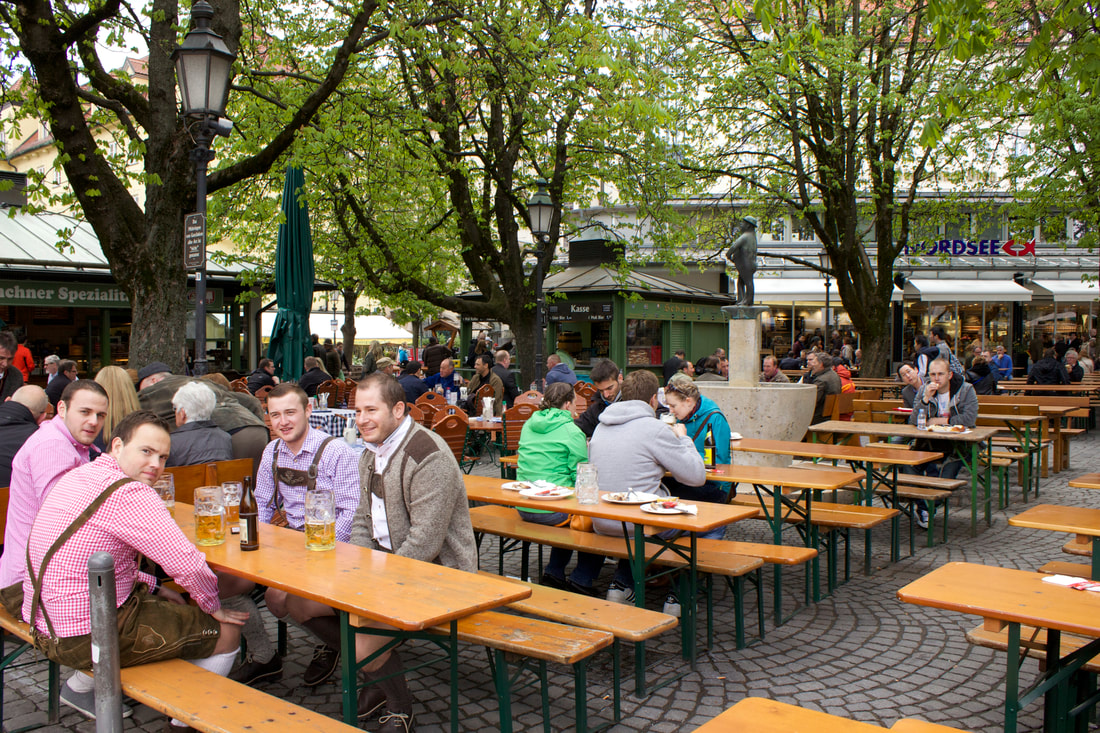
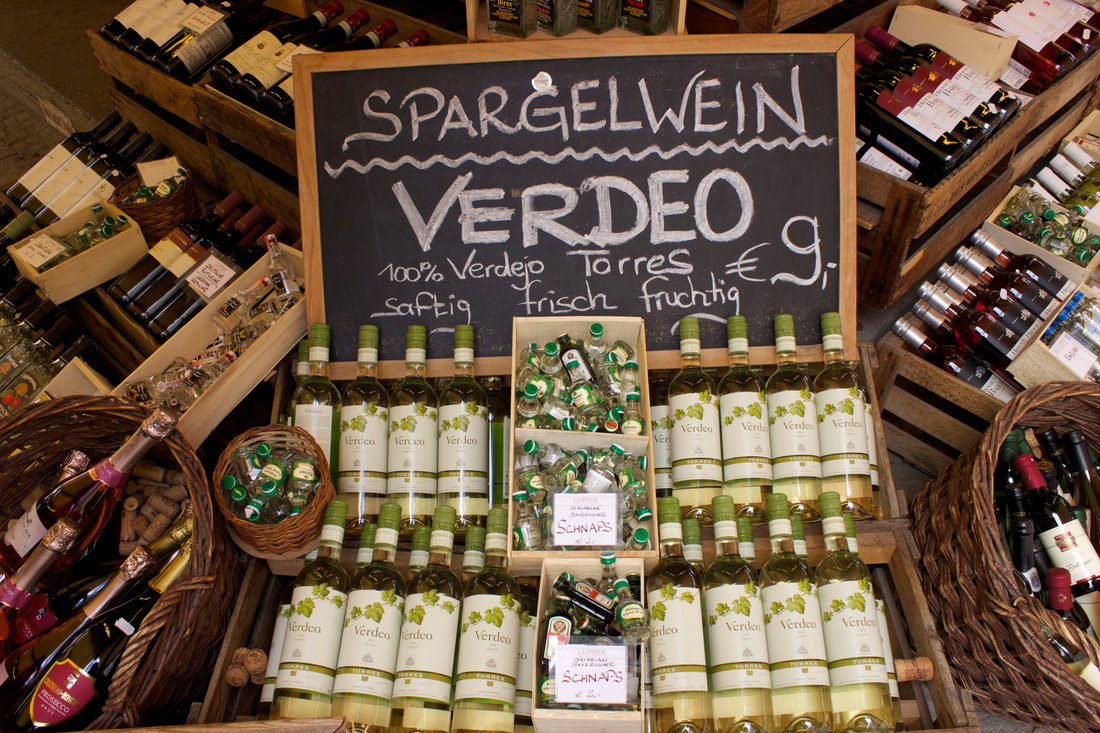
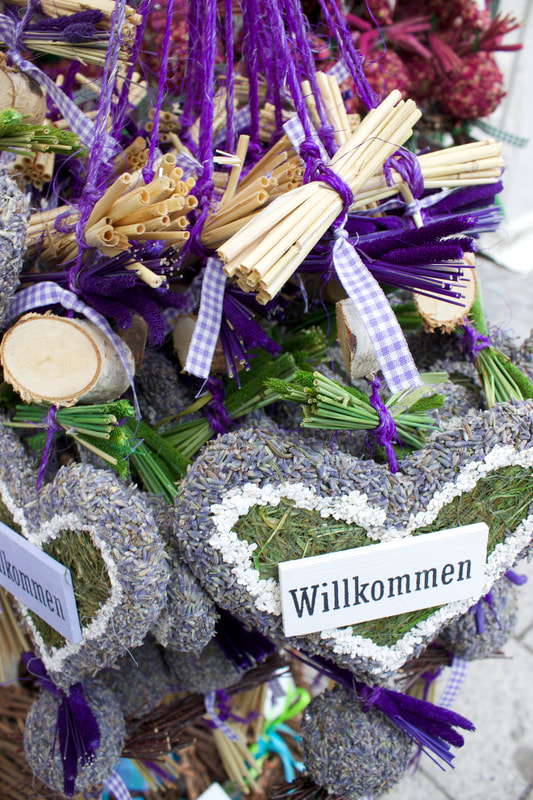
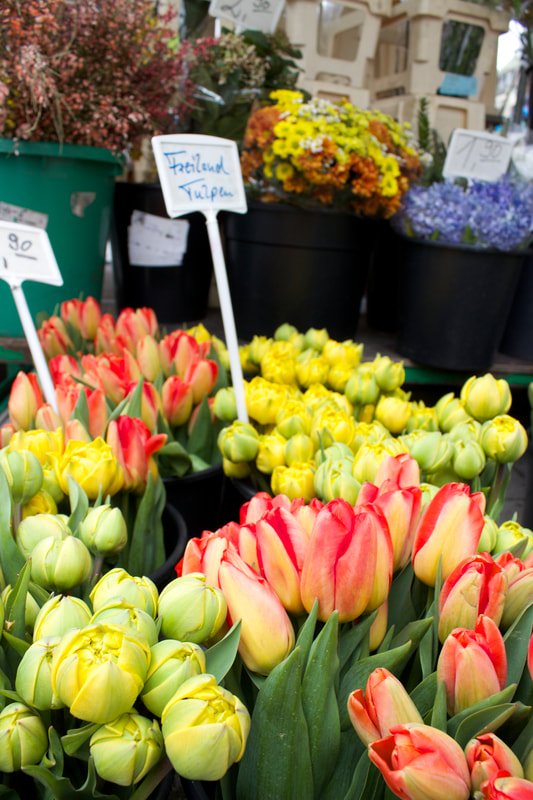
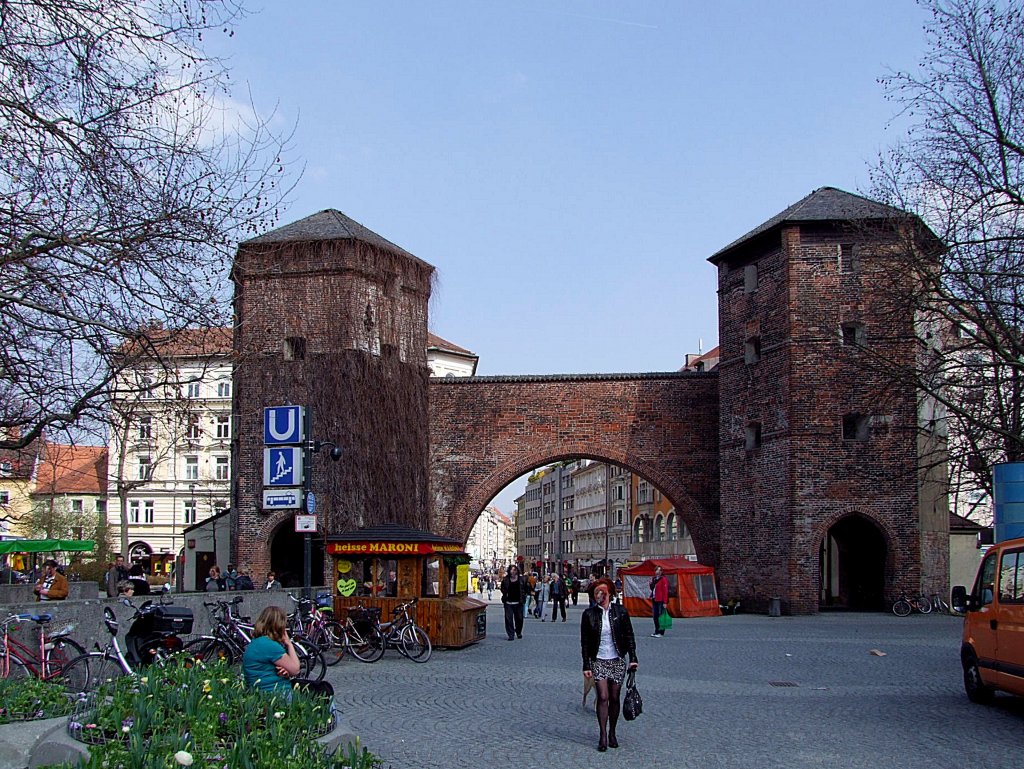
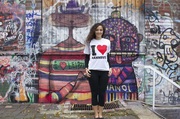

 RSS Feed
RSS Feed